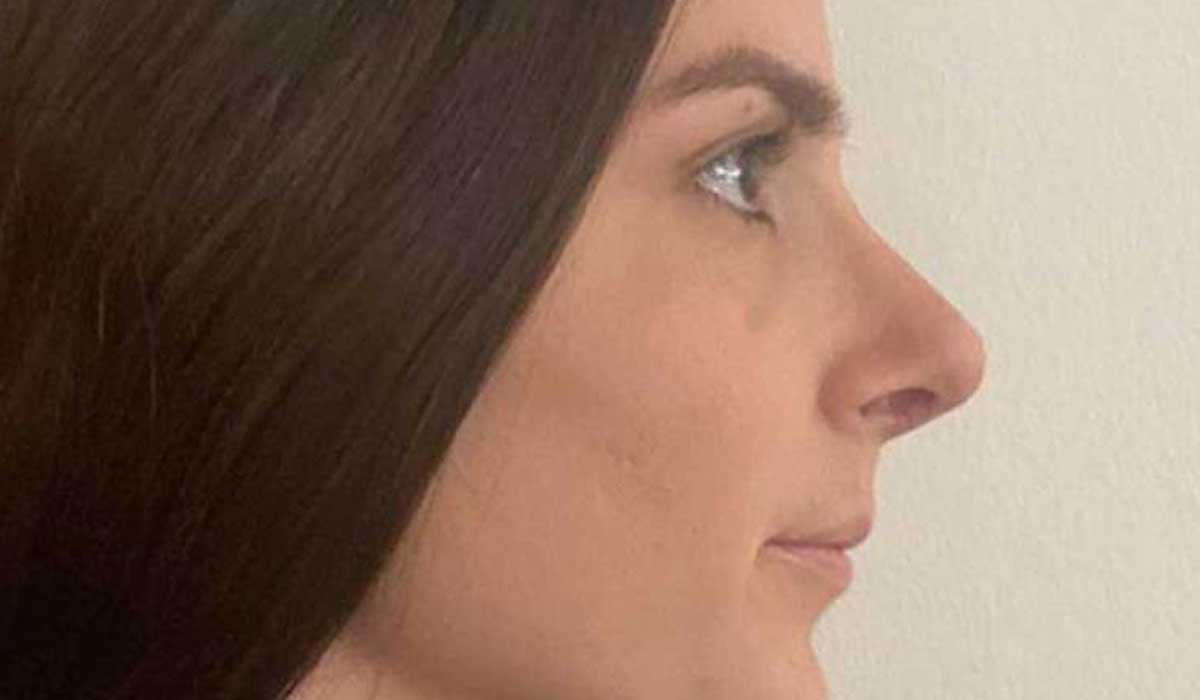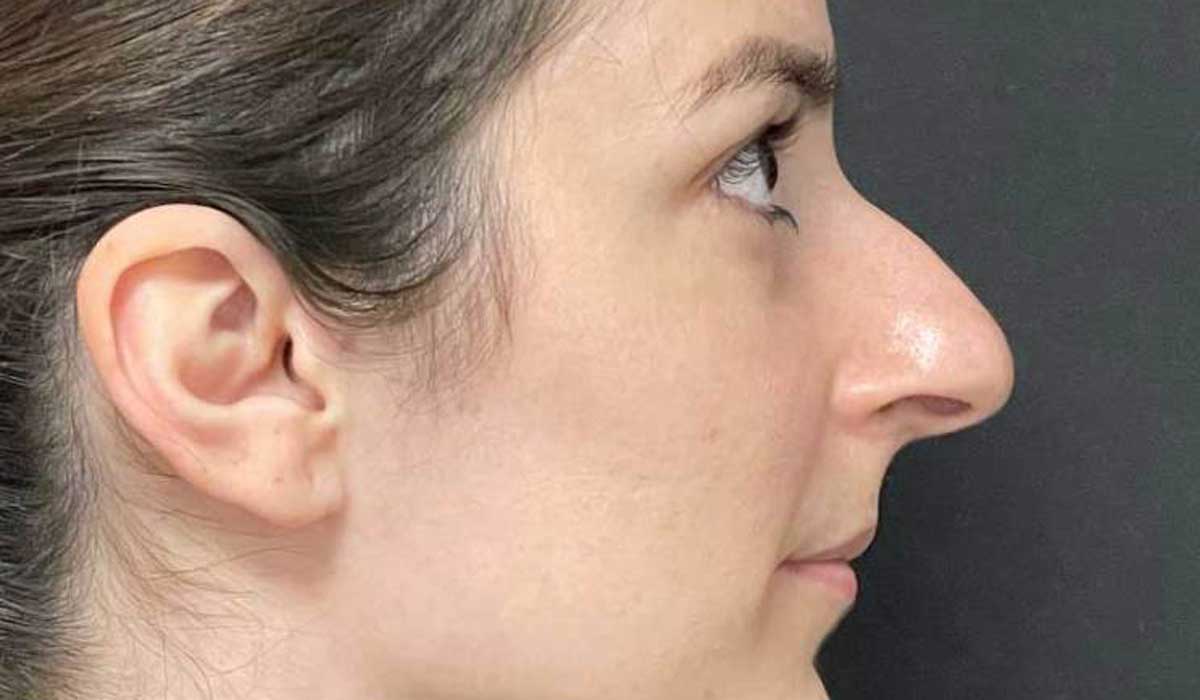 After
After
 Before
Before
What are the benefits of rhinoplasty surgery?
The functional aspects of rhinoplasty can include correcting a deviated septum, which can cause breathing problems, or addressing injuries or birth defects that affect the nose's structure. On the cosmetic side, rhinoplasty can be used to reshape the nose to better fit the patient's facial features or to address concerns about the size or shape of the nose.
What are the techniques used for performing Rhinoplasty?
There are two main techniques for performing rhinoplasty: the open technique and the closed technique. In the open technique, an incision is made across the columella, the strip of skin that separates the nostrils. This allows the surgeon to have more visibility and access to the underlying nasal structure. The closed technique, on the other hand, involves making the incisions inside the nostrils, which can result in less visible scarring. The choice of technique depends on the specific needs of the patient and the preferences of the surgeon.
Before the Surgery
Before the surgery, the patient will meet with the surgeon to discuss their goals and expectations for the procedure. The surgeon will examine the patient's nose and take photographs to use as a reference during the surgery. They will also discuss the potential risks and complications of the procedure, as well as the recovery process.
How a rhinoplasty surgery is performed?
During the surgery, the patient will be given general anesthesia to ensure they are comfortable and pain-free. The surgeon will then begin the procedure by making the incisions and separating the skin from the underlying nasal structure. They will then reshape the bone and cartilage using various techniques, such as cutting and repositioning, grafting, or removing excess tissue.
Once the desired shape has been achieved, the skin is placed back over the new nasal structure and the incisions are closed. A splint may be applied to the outside of the nose to help maintain its shape while it heals.
What is the recovery process?
Recovery from rhinoplasty can vary, but most patients can expect some swelling and bruising around the eyes and nose for the first few days after the surgery. The splint will be removed after about a week, and most patients can return to work and other normal activities within a few days to a week, depending on the extent of the surgery and the individual's healing process.
It's important for patients to follow the instructions of their surgeon closely during the recovery period to ensure the best possible outcome. This may include taking medications as prescribed, avoiding strenuous activity or contact sports, and avoiding sun exposure or other activities that could damage the delicate skin of the nose.
In summary
Overall, rhinoplasty is a safe and effective procedure that can help patients achieve the look they desire and address functional problems with the nose. As with any surgery, there are risks and potential complications, but these can be minimized by choosing a qualified and experienced surgeon and following their instructions carefully.



